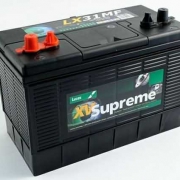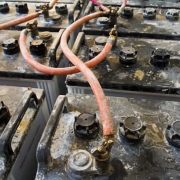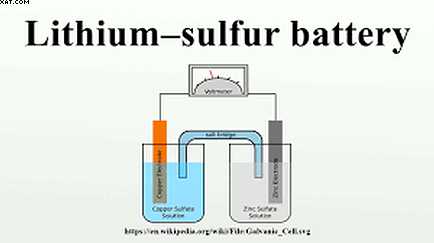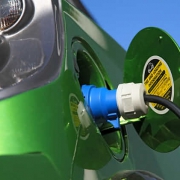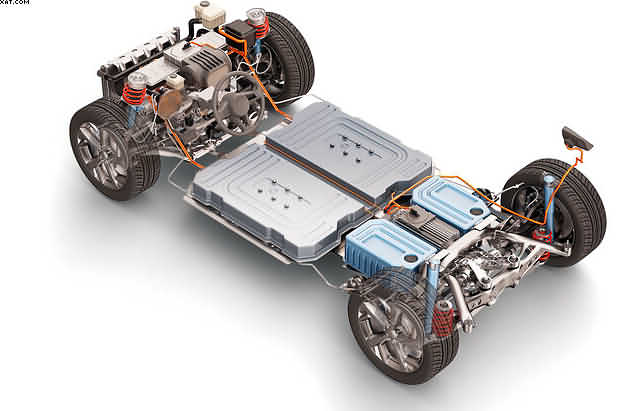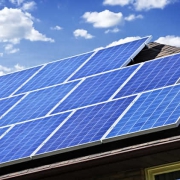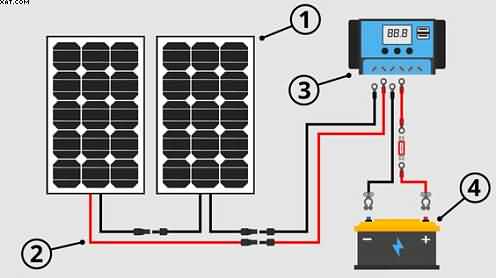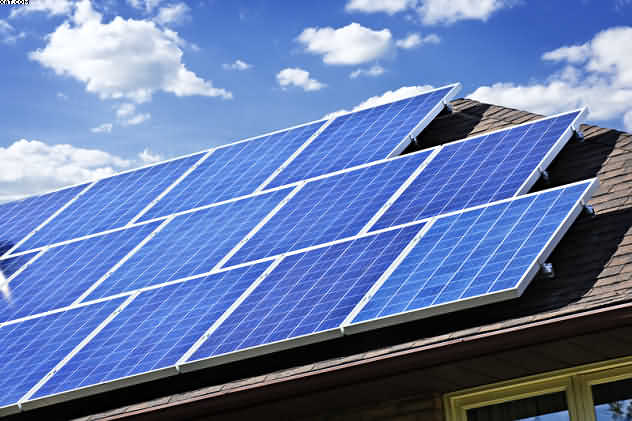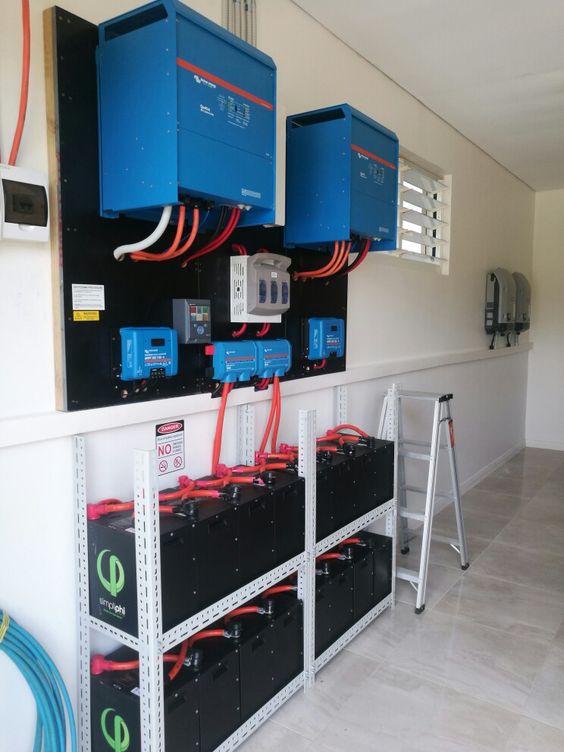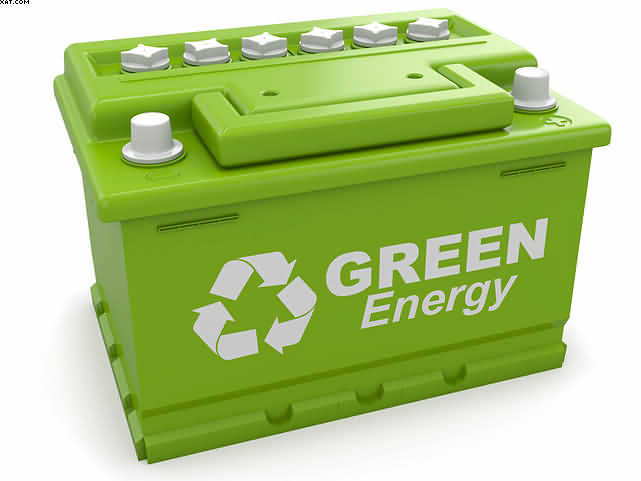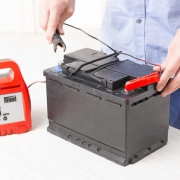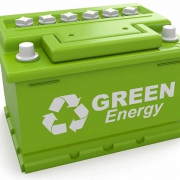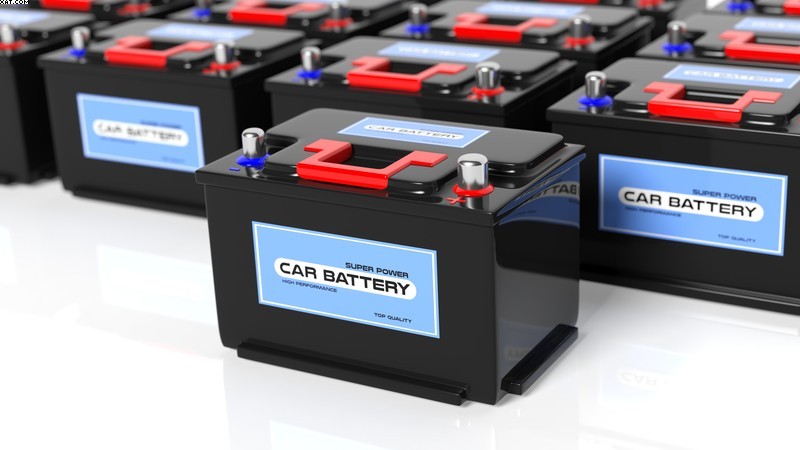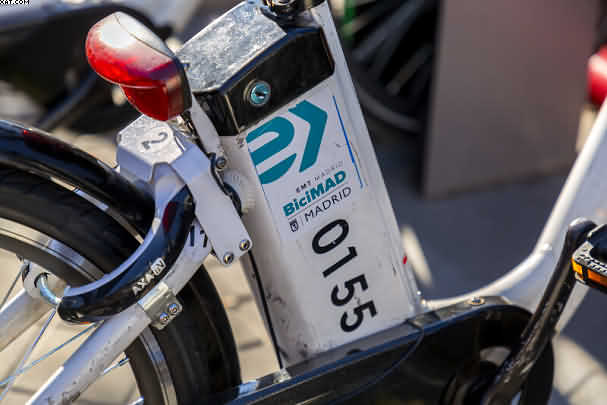Leisure battery storage
Table of Contents
Leisure Batteries Storage

Leisure Batteries Storage
It is storing your Leisure battery Storage time
The extremely mild weather here in the UK. Has brought out all the spring flowers,(earlier than normal). It is also bringing out the caravan and motorhome users, into thinking about their first 2014 trips out. Hence, judging by the amount of leisure batteries that we are selling at the moment.
Normally, we see a surge of sales and inquiries just a few weeks before Easter. But this year, the sales are coming early. One of the most popular batteries that we sell. Thus, for the caravan and campervan (RV) fraternity, the XV31 110-amp leisure battery . This battery manufacturer in South Korea is the one who makes this battery.It also covers smaller battery sizes, including the XV 23, XV 24, XV 27, and, of course, the XV31. This battery, along with the LV26 and the smaller LV 22 are made by Johnson Controls . Of course, it’s one of the world’s leading battery developers and manufacturers.
This year is a particularly good time to buy this Leisure Batteries product. Because of the mild winter.Subsequently, the sales of car batteries have dropped. Meaning the leading battery companies are well down on sales of car batteries.So,are looking forward to the next battery season. Which includes the sale of leisure batteries, motorcycle batteries, mobility scooter batteries, and golf cart batteries. Including other seasonal things such as lawn mower batteries. Of course, there are the guys who are lucky enough to own a classic car. Classic car batteries are huge sellers.
Leisure Batteries Storage. Leisure Batteries Storage
What normally happens is that the owners of these types of battery-driven machines equipment will get them out as soon as the weather improves and start getting warmer, which is normally around April time here in the UK. But this year we are about three weeks to a month in front, due to the mild weather. In fact, I have recently seen a butterfly and many bees flying about and also the grass on my lawn needs cutting for the first time after the winter.
People all over will be getting. Leisure Batteries Storage
out their golf and gardening equipment only to find that their battery is flat and will not work. Most of the time the battery will recover when it is charged, but people are reluctant to charge their battery throughout the winter months. Up to recent times, the battery chargers were of the old fashioned types that you put onto your battery
and then took off when the battery was fully charged but these days you can buy what they call “intelligent battery chargers”. These chargers are made by well-known companies such as “Ring Electrical” and “Numax”, and are well worth the investment. What you have to do is find out the correct amps that you require for the size of the battery, remove the Leisure Batteries from the caravan or lawn mower, whatever it is on, give the Leisure Batteries a clean and if it is not a sealed battery, check the levels.
You can then connect the leisure battery to the smart charger
, (preferably in a frost free place) and leave it to charge all the winter long. The charger will then keep your leisure battery charge topped up to the correct levels and automatically switch on and off when charging is required. This way you will end up with a nice clean fully charged the battery when the time comes to use it.

